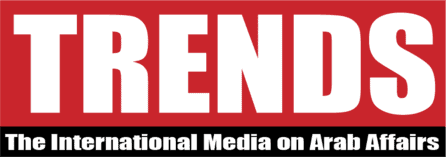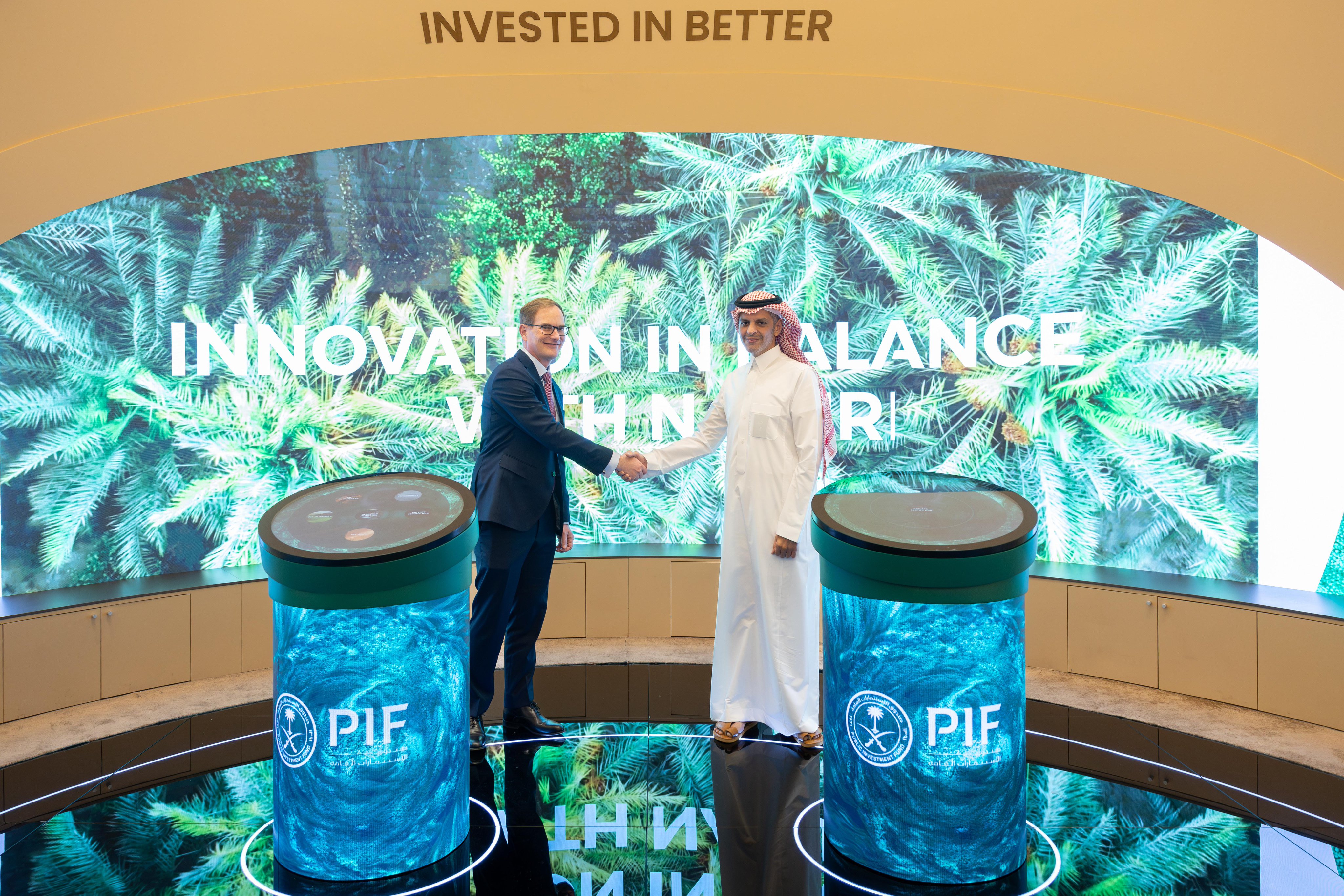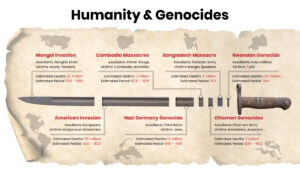Riyadh, Saudi Arabia — The Future Investment Initiative (FII) in Riyadh has long invited “Davos in the Desert” comparisons. The ninth edition in 2025 felt different. Less pageantry, more progress report.
Over four days (October 27-30, 22025), the talk and the dealmaking coalesced around a clear thesis: Saudi Arabia is no longer just an oil superpower. It is becoming a systemically important player in energy, capital markets, AI infrastructure and regional logistics.
The organizers framed the ambition with this year’s theme – ‘The Key to Prosperity: Unlocking New Frontiers of Growth’ – and with a conspicuously large guest list.
What distinguished this edition was not the staging but the facts now pointing the same way. Multilaterals and the government upgraded growth projections. The sovereign wealth fund flagged a strategic pivot. Clean-energy megaprojects showed tangible progress.
AI and data-center announcements thickened, placing the Kingdom in the digital economy’s value chain.
Together these signals suggest that the next decade will turn on Saudi Arabia’s ability to convert abundant capital and demand into repeatable industrial and technological capabilities – and that global investors are ready to co-finance that effort.
Start with the macro picture. The IMF’s 2025 Article IV stresses Saudi resilience to external shocks and credits non-oil sectors such as retail, hospitality and construction with cushioning the impact of earlier OPEC+ cuts.
Non-oil real GDP grew by about 4.5 percent in 2024. Overall growth of roughly 4 percent is projected for 2025, supported by domestic demand and Vision 2030 projects, with inflation contained and credit expanding.
Riyadh echoes the optimism: officials have reiterated a 5.1 percent real-growth forecast for 2025, led by non-oil activity and a fiscal stance that keeps diversification front and center. In short, growth is less about the pump and more about the project.
Sceptics rightly scrutinize what counts as “private” activity when Public Investment Fund (PIF) portfolio firms are included. Even so, the direction is clear. The private, non-oil share of GDP has risen meaningfully in recent years, and policy is geared to deepen capital formation outside hydrocarbons in 2025–26.
‘Six ecosystems’
The most consequential headline from FII was PIF’s pending strategy update. Governor Yasir Al-Rumayyan sketched a 2026–30 playbook built around six “ecosystems”: travel and tourism; urban development; advanced manufacturing; industrial and logistics; clean energy and renewable infrastructure; and NEOM as a standalone ecosystem. The ordering implies sequencing and delivery timetables – a shift from “announce and aspire” to “package and deliver”.
That recalibration follows months of reports of cost pressures and revised timelines across some giga-projects, plus write-downs in parts of the domestic portfolio. In 2024 PIF recognized about $8 billion of impairments, including on flagship developments, even as assets under management rose to the low-$900 billion range.
The message from FII was not denial but redirection: less sprawling real estate up front; more logistics, minerals, AI and data centers, and other faster-cycle sectors that can generate earlier cash flows and crowd in private capital.
There is an important policy nuance. Officials urged PIF to “make way” for the private sector on some domestic build-outs – an acknowledgement that a state investor can catalyze markets but should not dominate them indefinitely.
If that nudge becomes practice – through more public–private partnerships, vendor finance and local-capital syndication – Saudi Arabia could shift from PIF-led construction to private-led operation and scaling, lifting productivity and improving fiscal optics at once.
Energy strategy is evolving in parallel. ACWA Power announced more than $10 billion in clean-energy and financing agreements during the conference, underscoring that Saudi decarbonization is also an export business: exporting contracts, project finance and, in time, green molecules.
The NEOM Green Hydrogen project, buffeted by higher rates and supply-chain costs, is now reported to be about 80% complete, with first output eyed for late 2026. New offtake frameworks and more flexible sales terms have revived momentum. If volumes ship on schedule, the Kingdom will add a new chapter to its energy story – from exporting oil to exporting de-carbonized molecules.
Done well, that dovetails with Jafurah gas, grid upgrades and a fast-rising desalination-and-renewables base to deliver abundant, low-cost power at home – a precondition for AI data centers, aluminum and battery value chains, and green steel.
The hallway consensus at FII was blunt: energy availability plus capital depth equals comparative advantage. The open question is execution cadence.
On the digital front, Saudi Arabia leaned into heavy infrastructure. The new PIF-launched AI platform, Humain, was positioned as a full-stack national champion – data centers, cloud, models (including a top-tier Arabic multimodal large-language model) and applied solutions.
Its leaders spoke of global partnerships (with the likes of Google and AWS), large-scale chip procurement and a dual Riyadh–Nasdaq listing path – the sort of ambition that puts a country on the AI map.
The chip story, often the gating item for AI capacity, also advanced: reports flagged sizeable Nvidia shipments tied to a 500MW Saudi data-center program.
Export-control compliance loomed in the background; officials signaled that architectures would be aligned to preserve access to best-in-class accelerators. If the hardware arrives and power is priced right, AI workloads will follow.
The spillovers would reach well beyond model labs. Enterprise software, fintech rails and public-sector platforms could be built atop Saudi-hosted compute, with Arabic-first capabilities as a defensible moat.
In a Gulf shaped by data-residency rules and national-cloud mandates, being the region’s AI-capacity provider is tantamount to becoming a new kind of utility.
Faster-payback sectors received emphasis, too: logistics corridors, critical minerals and religious tourism.
Geography makes Saudi a natural trans-shipment node; policy is striving to make it a platform, with more dry ports, bonded-zone tweaks and digitized customs to suit e-commerce and electronics flows – neatly aligned with PIF’s “industrial and logistics” ecosystem.
On minerals, the Kingdom is courting miners and equipment makers with clearer permitting and offtake certainty, with PIF able to take early equity to de-risk processing and mid-stream ventures. And Umrah and Hajj are Saudi-owned demand curves: with visa digitization and better lodging and transport, volumes and per-capita spend can rise with far less capex risk than brand-new cities.
Financing is the thread that ties ambition to delivery. Vision-scale transformation is costly, and oil cycles are unforgiving. Riyadh knows it cannot fund everything from the central budget or PIF’s balance sheet.
The pragmatic answer is to crowd in capital. FII’s scoreboard boasts $250 billion in deals facilitated over nine years, but more telling were the structures discussed this week – club deals, revenue-sharing, vendor-financed components and local-currency tranches matched to asset cash flows.
From ‘announce’ to ‘arrange’
The shift from “announce” to “arrange” is how megaprojects survive higher rates and still hit milestones. If PIF genuinely steps back where private operators can step in, state-led construction can become durable private franchises – logistics parks, distributed renewables, specialist manufacturing – that pay dividends to domestic pensions and regional investors.
Risks remain. Project discipline will decide whether Vision assets become cash generators or cash drains; recent delays and write-downs are a warning, not a sentence. Fiscal optics matter as deficits persist: creditors will study contingent liabilities and demand transparent project cash flows.
The promise to crowd in private capital needs force in procurement law, tariff design and regulator independence; otherwise PIF’s heft will deter entrants.
Chip-supply geopolitics could tighten without notice; diversification across vendors and modular data-center designs will help. Hydrogen’s commercial test is still to come: offtake terms and delivered costs must work, and port logistics must be ready.
The regional play is about gravity. From fintech rails to defense-adjacent manufacturing, the Middle East is specializing. Saudi Arabia’s gambit is to be indispensable at several layers: energy molecules (oil, gas, green hydrogen); compute (AI data centers); movement of people (religious tourism); and movement of goods (ports, airports and logistics parks). That is how you claim hub status without trying to be everything to everyone.
‘Conditional confidence’
Convening power helps: this year drew thousands of leaders and investors, with cross-border partnerships and buy-side interest in landmark upstream and infrastructure financings. Conferences do not build economies, but they compress deal timelines when the host has patient capital and an executable pipeline.
The geopolitical dividend is real. Data-center clusters anchor cloud regions and bind software ecosystems to their hosts. Hydrogen cargoes and green-commodity standards will forge new export ties.
Minerals processing and logistics corridors redraw supply chains and insurance maps. Each commitment to a Saudi co-located data region, a long-term power contract or an offtake agreement nudges Riyadh’s leverage in global forums.
The scrutiny will rise in tandem – on labor standards, values and security alignment – and vendor choices in AI will remain a balancing act with Washington and Silicon Valley.
The week’s signal, then, was conditional confidence. Non-oil growth is doing more of the work. PIF is resetting strategy with a tilt towards faster-cycle sectors. Energy transition is becoming an export thesis as well as a domestic one. Digital infrastructure is moving from concept to capacity.
The watch-list is clear: the detail of PIF’s 2026–30 plan, including targets for private-capital crowd-in and the IPO pipeline (Humain among them); first-cargo milestones for hydrogen, including pricing and port readiness; commissioning schedules and power deals for AI data centers; regulatory housekeeping to reduce friction in PPPs, customs and data policy; and budget updates that manage deficits without stalling projects.
A realistic bullish case runs like this: Saudi Arabia turns its capex superpower into a cost-per-unit edge in energy and compute; it modularizes megaprojects; it aligns sovereign investment with private operations; and it builds repeatable products – power-water-hydrogen bundles, data-center shells, logistics parks and specialist manufacturing – that can be financed and exported as templates.
That, rather than stadium naming or easy caricatures, is how a country becomes a key economic actor: by setting standards, managing counterparty risk for global firms in a volatile neighborhood, and making its infrastructure and institutions the default choice.
If 2025 is when FII graduated from spectacle to scaffolding, the Kingdom’s bid for economic centrality has moved from headline to operating model. Saudi Arabia remains willing to pivot from ambition to allocation, from grand announcements to bankable packages.








